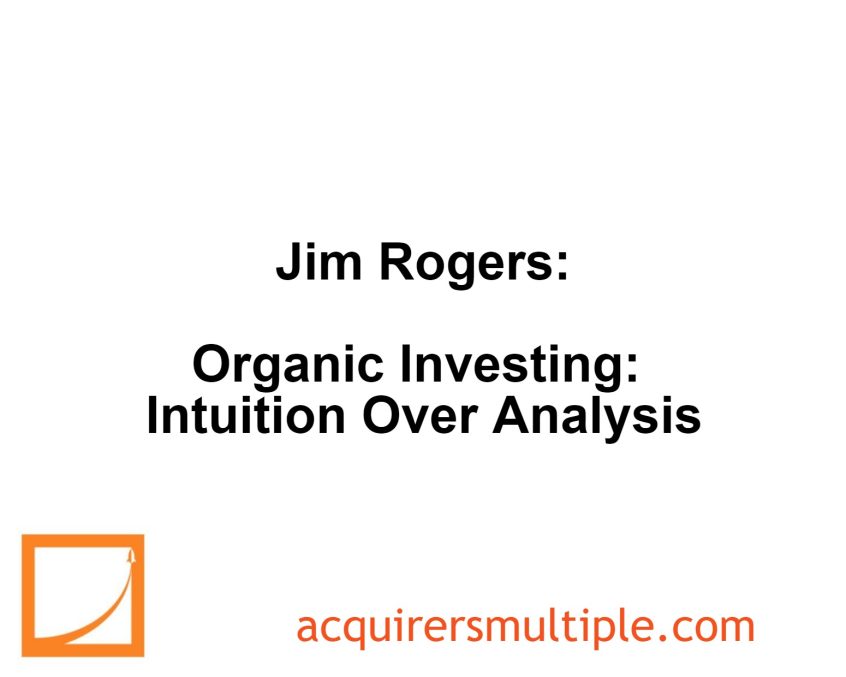In the book – Inside The House of Money, Jim Rogers reflects on his personal investment philosophy, emphasizing a flexible and intuitive approach rather than a rigid or analytical one. He describes his portfolio as “organic,” evolving with new opportunities, whether planned or spontaneous.
Rogers doesn’t focus on detailed metrics, such as portfolio allocation or past performance. Instead, he relies on his intuition and knowledge to make decisions, holding positions for the long term without worrying about timing the market.
He believes that knowing one’s exact net worth is a sign of not having enough wealth and prefers to keep the big picture in mind rather than getting bogged down in details.
Here’s an excerpt from the book:
Rogers: No, no, no, no, no. No, I do not know most of that stuff and do not understand it. My portfolio is organic and changes as opportunities arise, whether planned or unplanned. I just act and if it means I have to close something out, I do. I usually have not had that problem.
If I decide to buy airline bonds and do not have enough money, then I sell something. In theory, I close out positions when I think they have matured. I do not have a committee; I do not have to report my allocation every quarter. In fact, I could not tell you my allocation nor do I want to know my allocation.
Anybody who knows how much he is worth does not have enough. I do not sit around figuring out how I did last year, last month, or what percentage I have in various places. I know where something is in my head. I know when it is time to close a position and when it is time to open one.
But it is all done with the big picture in mind or the idea that I am going to be long something for several years—in other words, I am not going to have to worry about it or trade it or time it. I am really bad at timing, despite your nice words.
You can find a copy of the book here:
For all the latest news and podcasts, join our free newsletter here.
Don’t forget to check out our FREE Large Cap 1000 – Stock Screener, here at The Acquirer’s Multiple:



